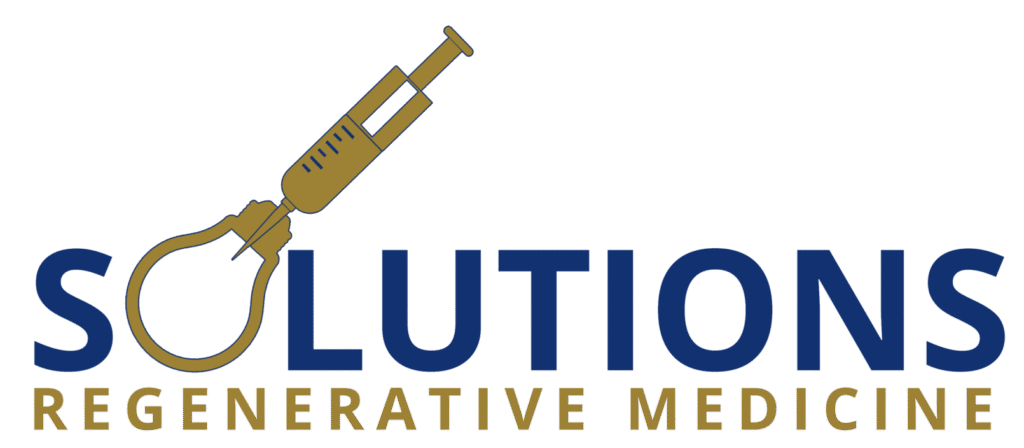Physiomodalities
Physiomodalities for Pain Relief and Recovery
A range of physiomodalities are used in my naturopathic regenerative medicine pain practice as adjunctive therapies to support natural healing processes. These specialized treatments—including therapeutic ultrasound, bioelectromagnetic therapies, interferential therapy, and cold laser therapy—are designed to alleviate pain, reduce inflammation, and enhance circulation at the cellular level. By integrating these physiomodalities into personalized care plans, we support the body’s regenerative processes, helping patients achieve long-term relief and improved function for a variety of musculoskeletal and neurological conditions.
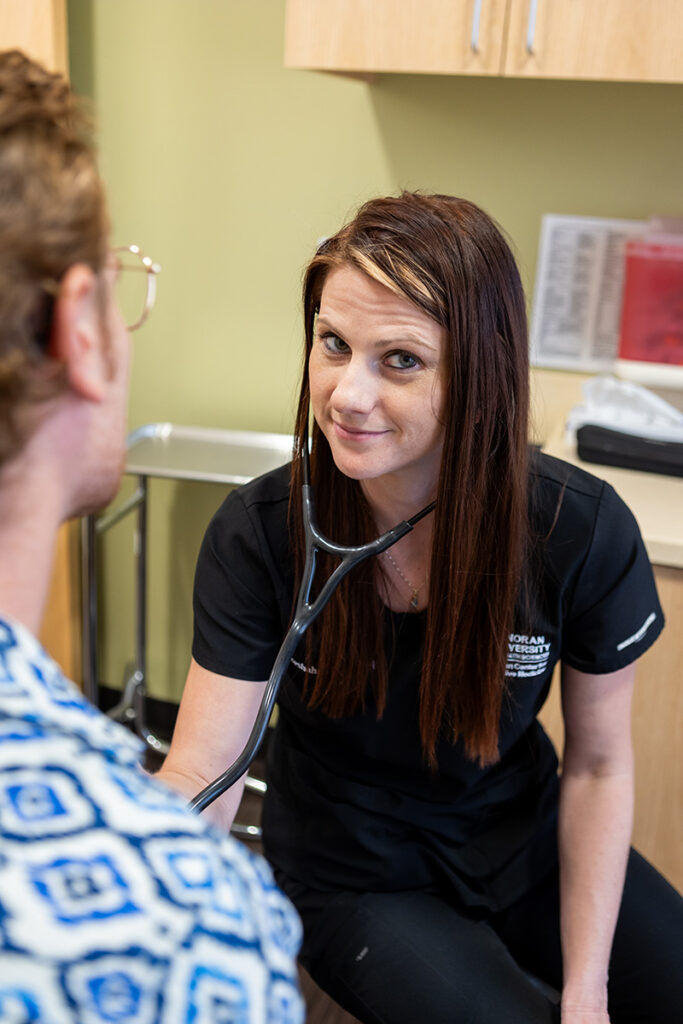
Therapeutic Ultrasound
Overview: Therapeutic ultrasound is a powerful tool for promoting healing in soft tissues such as muscles, tendons, and ligaments. Unlike diagnostic ultrasound, which captures images, therapeutic ultrasound uses lower-frequency sound waves to deliver targeted treatments that support recovery and improve function.
How It Works: This therapy enhances the body’s natural healing process by increasing circulation, stimulating the formation of new blood vessels, and boosting cellular metabolism. It is highly effective in reducing pain, muscle spasms, and adhesions while improving range of motion and flexibility.
Procedure: During the treatment, an ultrasound transducer is applied to the skin with ultrasound gel or submerged in a water basin, depending on the treatment area. The transducer is moved in gentle, circular motions, emitting sound waves that penetrate deep into the tissue to create a therapeutic heating effect.
Conditions Treated: Therapeutic ultrasound is a valuable addition to comprehensive care for a variety of musculoskeletal conditions, including muscle strains, sprains, spasms, and other soft tissue injuries. It is an effective adjunctive treatment to support pain relief and tissue repair.
Bioelectromagnetic Therapies
Overview: Bioelectromagnetic therapies, including microcurrent and Pulsed Electromagnetic Field (PEMF) therapies, use specialized devices to stimulate the body’s natural healing processes.
How It Works: These therapies target cellular function to reduce pain, inflammation, and oxidative stress while improving oxygenation, nutrient delivery, immune response, and organ function. By restoring cellular balance, they support recovery from both acute and chronic conditions.
Procedures:
Frequency-Specific Microcurrent (FSM): Delivers low electrical currents at precise frequencies to restore cellular voltage, reduce inflammation, and accelerate healing in conditions like fibromyalgia, nerve injuries, and musculoskeletal pain.
BEMER Mat: Uses PEMF to improve microcirculation, supporting recovery, injury healing, and overall vitality.
Electrons Plus: Combines microcurrent with manual therapy for deep tissue healing, pain relief, and bone or joint recovery.
Biomodulator: Developed by Dr. Jerry Tennant, it recharges cellular voltage to enhance tissue repair, reduce chronic pain, and restore energy.
Conditions Treated: Effective for acute and chronic pain, inflammation, strains, sprains, bone healing, circulation issues, and systemic stress—optimizing cellular function and overall health.
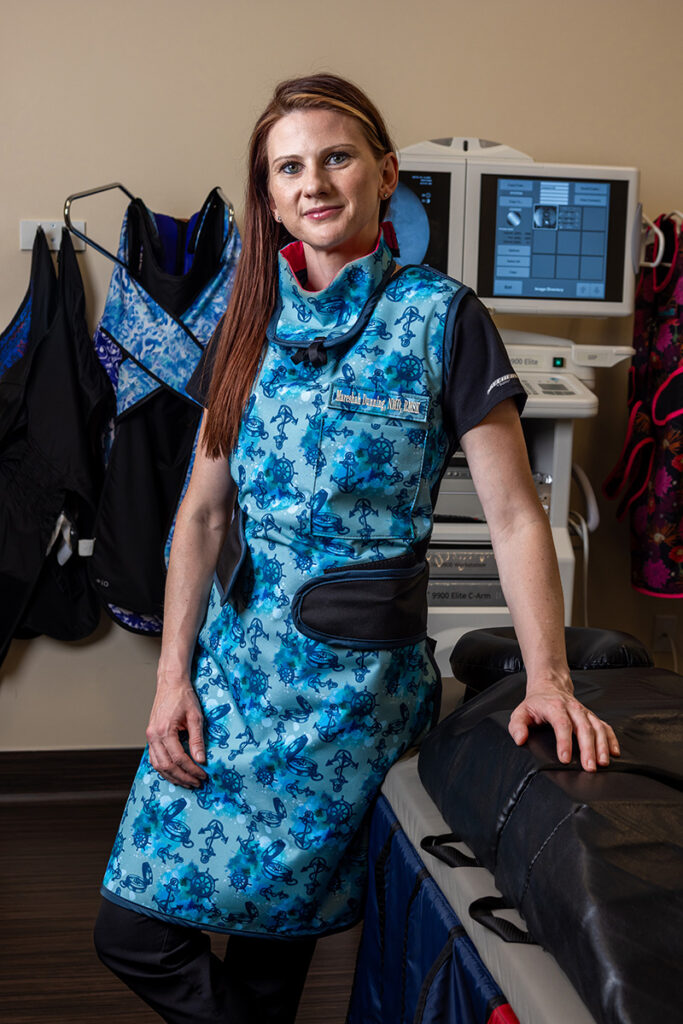
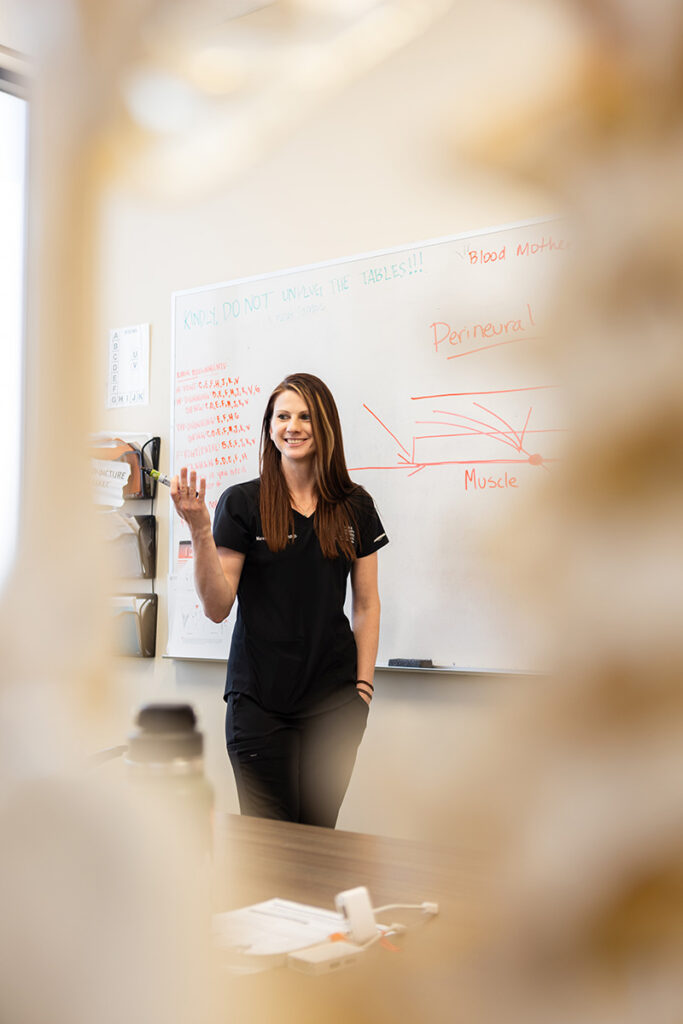
Interferential
Overview: Interferential therapy (IFT) is a form of electrical stimulation therapy that builds upon the principles of Transcutaneous Electrical Nerve Stimulation (TENS). Unlike TENS, which uses a single low-frequency current, IFT employs two medium-frequency currents that intersect to create therapeutic low-frequency stimulation at the targeted tissue. Studies suggest this method may provide deeper and more effective pain relief compared to traditional TENS.
How It Works: Interferential therapy works by stimulating nerves to reduce pain, decrease muscle spasms, and lower inflammation levels. It enhances tissue healing by improving blood flow and oxygenation to the affected area, supporting recovery in both acute and chronic conditions. The intersecting currents create a unique interference pattern, allowing for selective stimulation of deeper tissues while minimizing discomfort at the skin level.
Procedure: During treatment, four electrode pads are strategically placed around the affected area. The electrical currents are adjusted to target either superficial or deeper structures, depending on the condition and treatment goals. Each session typically lasts 15–30 minutes and is often administered weekly as part of a comprehensive pain management plan.
Conditions Treated: Interferential therapy is particularly effective for managing musculoskeletal conditions, including joint pain, muscle strains, and inflammatory issues. It is also used to alleviate both acute and chronic pain, providing a non-invasive, drug-free alternative for pain relief. Research indicates that IFT may be beneficial for conditions such as osteoarthritis, lower back pain, and postoperative recovery.
Cold Laser & LED Light Therapy
Overview:
Cold laser therapy, or low-level laser therapy (LLLT), uses specific light wavelengths to stimulate cellular healing. By enhancing mitochondrial activity and ATP production, it reduces pain, inflammation, and improves circulation—making it a safe, non-invasive option for recovery.
How It Works:
Light photons interact with mitochondria to boost metabolism, repair tissues, reduce oxidative stress, and improve blood flow, supporting systemic healing.
Procedure:
Devices such as Avanti, Erchonia, and LifeLite deliver targeted light directly to the skin without heat or discomfort. Sessions last 15–30 minutes and are tailored to the condition.
Conditions Treated:
Cold laser therapy helps with neuropathy, arthritis, fibromyalgia, soft tissue injuries, fractures, and scars. It also shows promise for neurological issues like peripheral nerve injuries and carpal tunnel syndrome.
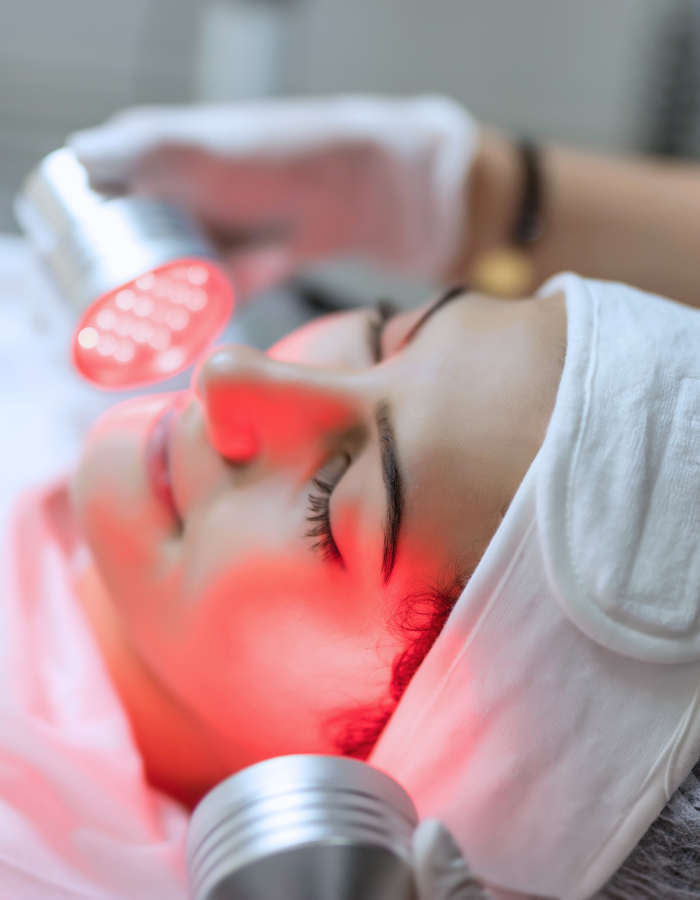
FAQ
Here is faq tittle
Here is faq tittle
Here is faq tittle
Restoring Function. Improving Quality of Life.
Personalized Care with Regenerative and Naturopathic Medicine.

Alpha-2 Macroglobulin: A Natural Breakthrough Against Cartilage and Joint Degeneration
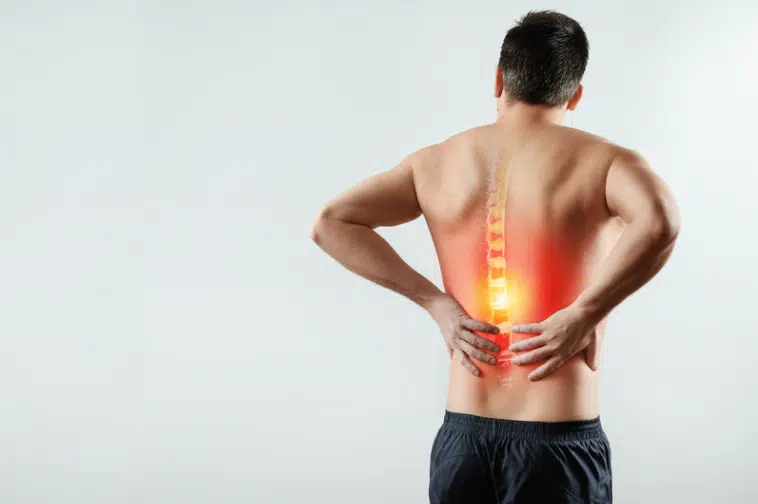
The Regenerative Health Diet
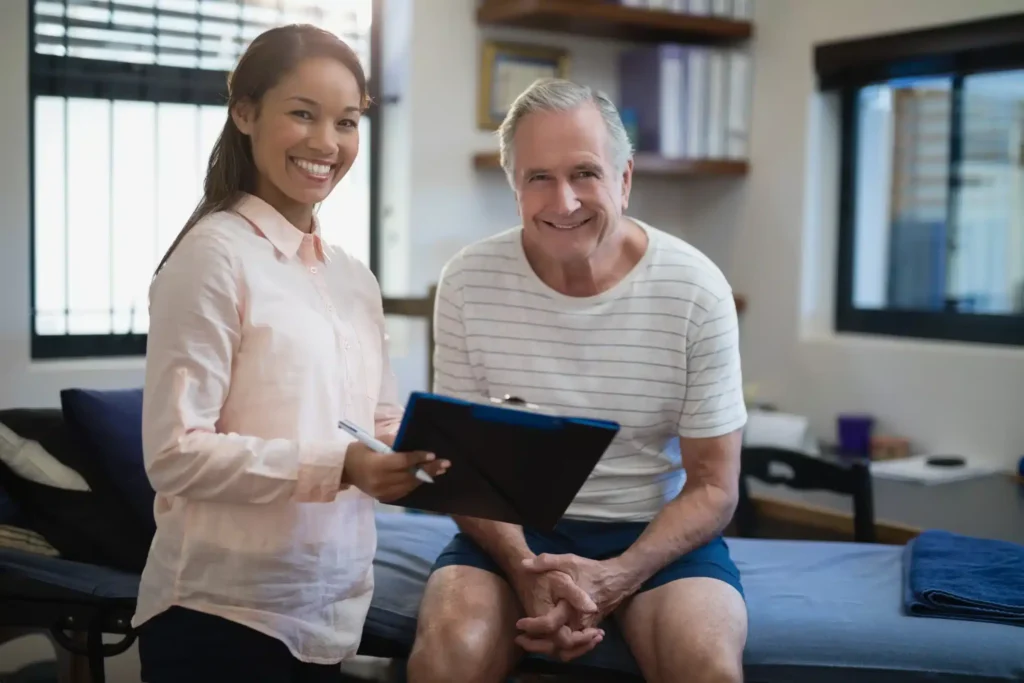
The Science of Wound Healing: Supporting Each Phase for Optimal Recovery
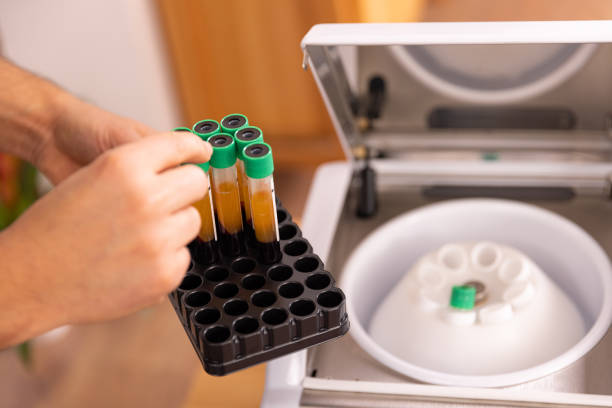
The Science of Wound Healing: Supporting Each Phase for Optimal Recovery

From Pain to Possibility:How Regenerative Medicine Can Help You Move Again

